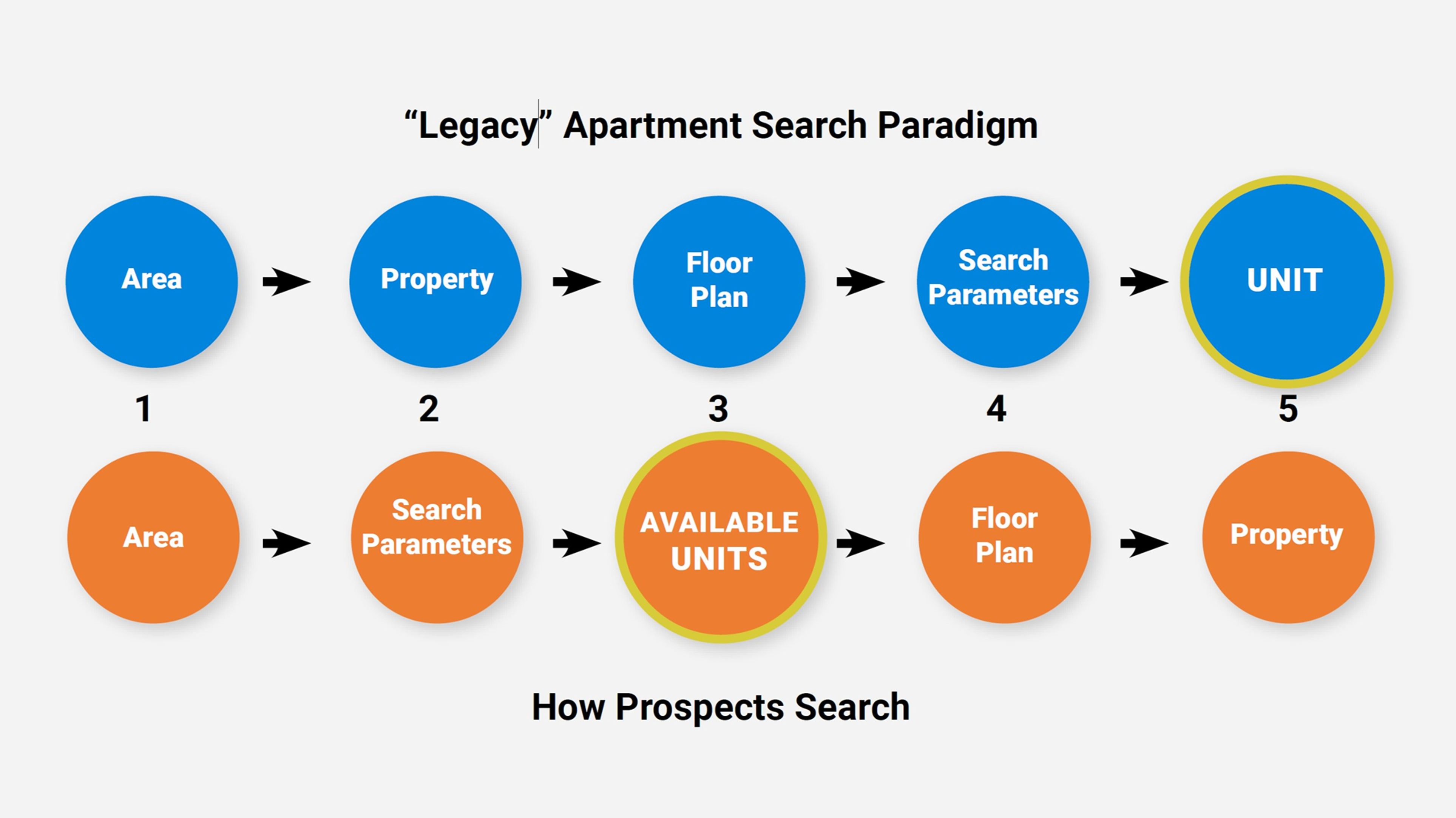Five Hot Takes From NMHC OPTECH 2023
If you're getting back into the swing of things at work after an engaging few days at NMHC OPTECH, you're probably processing your way through an overload of information. It was a packed event marked by record attendance, the unveiling of a new renter preferences study, and—if you were lucky—a remarkable U2 show at the Sphere. Among the array of insightful conference sessions and side conversations, a few themes emerged, five of which I outline in this post.












